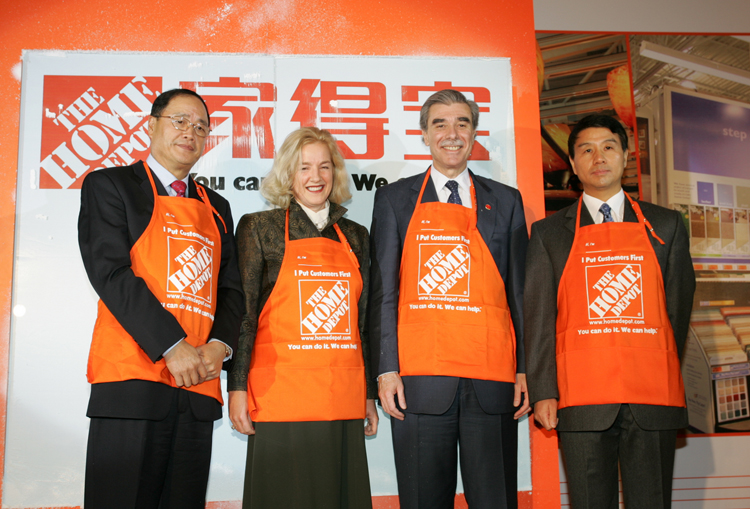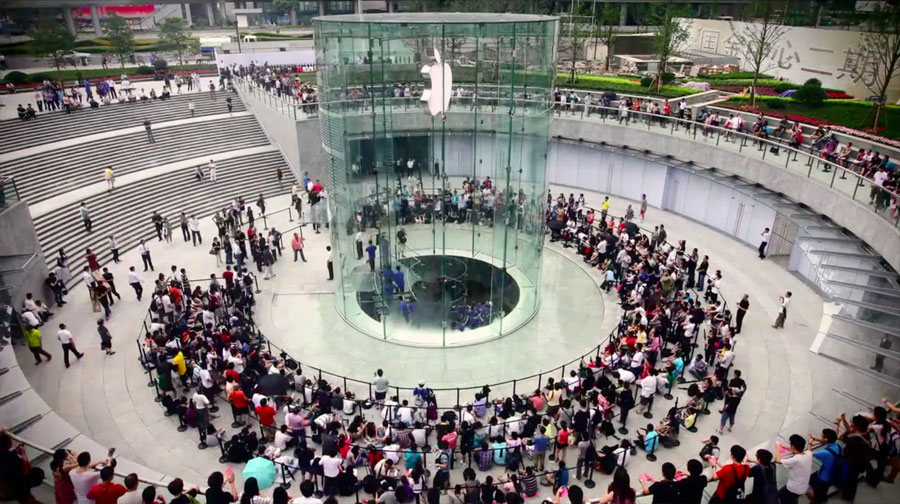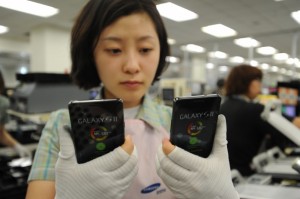Employees are one of the most valuable resources of a company. They drain their creativity to sustain the function of a company, and devote most of their time to work. Companies carefully select elite applicants as their employees. However, after being able to recruit these members, a problem that all companies faces is how to keep them afterward.
According to the U.S. Bureau of Labor Statistics, 40% of workers are planning to find a new job in next half of the year and 69% are already looking for one. These alarming numbers reveal that there is the urgency for employers to be knowledge about how to maintain their employees. The article “Five Ways to Retain Employees Forever” by David K. Williams and Mary Michelle Scott suggest “5 R’s”: responsibility, respect, revenue-sharing, reward, and relaxation time.
This reminds me of the case of Zappo that is learned in the class of people culture & teams. Zappo provides employees with 160 hours customer-loyalty training before engaging in any position. There are regular parties that are planned on the behalf of the company to appreciate the hard work of every employee. There are amenities and free food in the company that allow employees to catch their breath before continuing on. Managers are also required to spend 10 to 20% of their time chatting with their employees. By embracing the elements of responsibility, respect, reward, and relaxation time in the company culture, Zappo is able to maintain a positive relationship between the managers and the workers. Many employees even reflect that they consider Zappo as their second home. As a result of the successful bonding, Zappo is able to grow into the largest online shoe store with increasing revenue. Employees are the key assets of a company and the morale of them is closely related to the success of a company.













